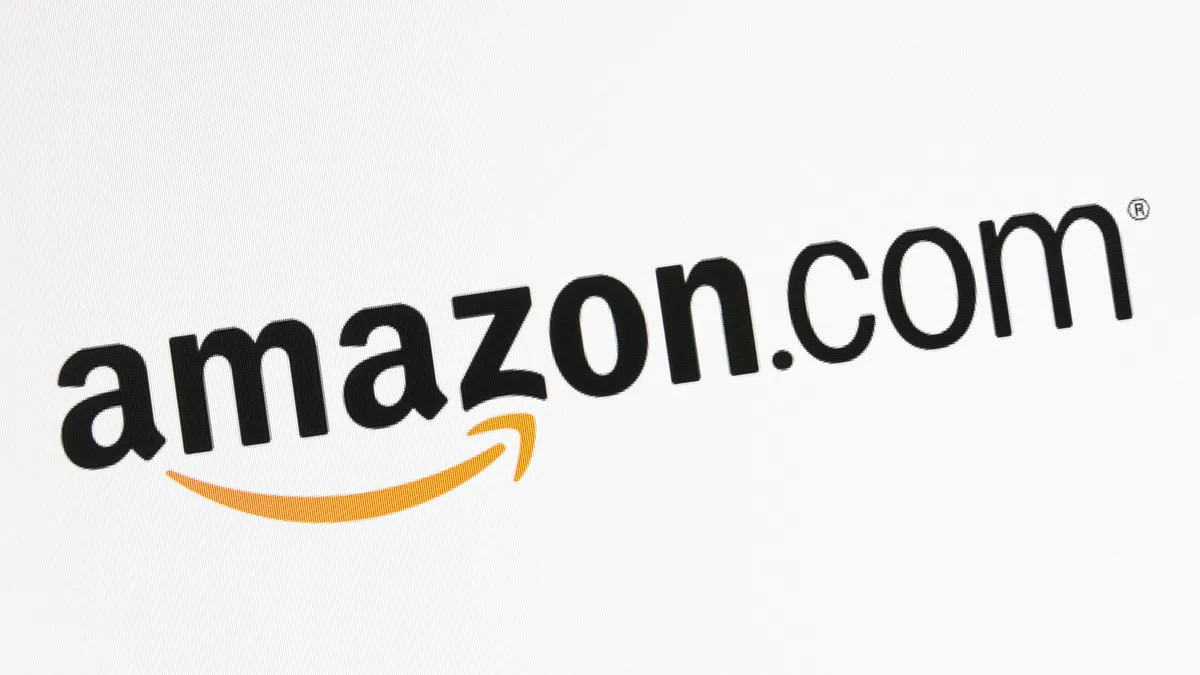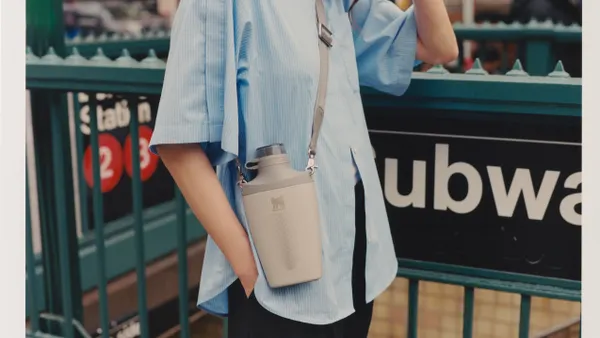Dive Brief:
- Amazon said its second annual Prime Day was the single biggest day in company history, with global merchandise sales eclipsing the first Prime Day event by more than 60% worldwide and more than 50% in the U.S. It was also the biggest day ever for Amazon devices globally. In all, Prime members across the globe saved more than double on deals over Prime Day 2015, the online retailer said.
- Prime Day 2016 highlights include a 2.5x increase in Amazon Fire TV devices compared to a year ago, along with sales of hundreds of thousands of Kindle e-readers. Shoppers also purchased more than 2 million toys, more than a million pairs of shoes and more than 90,000 TVs. In addition, Prime member orders on the Amazon mobile app surpassed Prime Day 2015 app orders by more than 2x, and more than a million consumers accessed the Amazon app for the first time ever.
- Prime Day 2016 deals included more than 100,000 discounts on electronics, toys, books and more. The event got off to a rocky start when many shoppers experienced struggles navigating the digital checkout process.
Dive Insight:
Amazon launched Prime Day last summer, promising Prime loyalty program subscribers a multitude of exclusive deals across the spectrum of merchandise categories. After the event faced widespread social media backlash from shoppers who took exception to low inventories on marquee items and bargains on obscure products with little mainstream appeal, Amazon took significant steps to improve both the quality and quantity of merchandise offered during Prime Day 2016, including bulking up involvement from its third-party Marketplace seller partners.
To the surprise of almost no one, Amazon pledged Wednesday to bring back Prime Day in 2017... and likely beyond. “We want to thank our tens of millions of members around the world for making this the biggest day in the history of Amazon," said Amazon Prime Vice President Greg Greeley in a press release. "After yesterday’s results, we’ll definitely be doing this again.”
Prime Day is a big deal for Amazon, but also its third-party Marketplace partners. Last Prime Day, Prime members purchased more than 14 million items from Marketplace sellers and small businesses; this time around, the number of participating vendors more than doubled from a year ago, with Marketplace sellers offering over 30% of all Lightning Deals worldwide. Citing strong international growth, Amazon reported a 30% year-over-year increase in the number of items sold by Marketplace sellers and small businesses on Prime Day.
E-commerce software company ChannelAdvisor reports that U.S. Prime Day sales were flat through 5:00 pm ET on Tuesday compared with last year, but increased 12% in the U.K. ChannelAdvisor’s figures do not include sales of items sold directly by Amazon to consumers, like its popular Echo, Kindle and Fire devices, which dominated electronics sales. Amazon also continued posting additional Prime Day deals throughout the evening, likely boosting sales totals.
“Amazon created this ‘holiday’ out of thin air a year ago, and so far Amazon has replicated the success of last year and grown pretty substantially internationally,” wrote ChannelAdvisor co-founder and executive chairman Scot Wingo in a blog post Tuesday. “Also this year, the search behavior has changed. Last year, when you clicked on a Prime Day promotion, you saw 5-10 results of Prime deals and then normal non-deal Amazon listings. This year, when you click on a Prime Day promotion, a filter is applied and all you see are Prime Day deals. This filter could be minimizing the spillover to non-Amazon sellers.”
Retail advisory firm FBIC forecasts that Prime Day 2016 could generate $525 million in total sales, up 26% from estimates of $415 million last year.
Prime Day 2016 also will be remembered for the technical glitches that plagued shoppers seeking early-bird bargains. Many Amazon Prime subscribers took to Twitter Tuesday morning to complain about “add to cart fail” messages generated when they attempted to purchase sale-priced items. Some added the hashtag “#PrimeDayFail” to their tweets. Amazon acknowledged the complaints on its own Twitter feed.
Even with the shopping cart hiccups, Prime Day social sentiment data collected by Adobe Digital Insights and mailed to Retail Dive suggests that consumers responded far more favorably to this year’s event than last year. Based on insights aggregated from blogs, Twitter, Instagram, WordPress, Reddit and other sources, Adobe found that “social sadness” declined 26% and “joy” surged 43% compared to Prime Day 2015 activity, with this year’s gloom-and-doom directly connected to checkout struggles, not the absence of blockbuster deals that shaped last year’s conversation.












